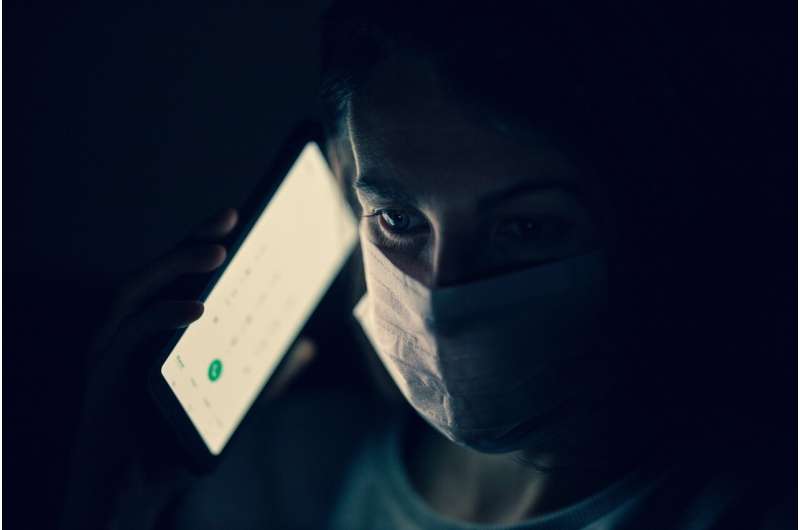
Significant decreases in CT imaging for cancer persisted even after the peak of the COVID-19 pandemic in 2020, delaying diagnosis and treatment and raising the possibility of more advanced cancers and poorer outcomes for patients in the future, according to a study being presented next week at the annual meeting of the Radiological Society of North America (RSNA).
Numerous studies have shown COVID-19’s severe impact on U.S. health care, as the pandemic filled hospitals and reduced imaging capacity during its peak of March to early May 2020. Few studies, however, have explored the pandemic’s lingering effects on cancer imaging.
For the new study, researchers from Massachusetts General Hospital (MGH) and Harvard Medical School in Boston compared cancer-related CT exams during three periods of 2020: the pre-COVID phase (January to mid-March), peak COVID (mid-March to May) and post-COVID peak (May to mid-November). They looked at CT volume and the type of care being delivered through imaging.
As expected, CT volumes dropped significantly during the COVID peak. CT for cancer screening fell a whopping 82%, while CT for initial workup, active cancer and cancer surveillance also saw significant declines. Volumes for cancer screening and initial workup failed to recover in the post-COVID peak period, remaining down 11.7% and 20%, respectively, from their pre-COVID numbers.
“The decline during the COVID peak was expected because of stay-at-home orders and the number of imaging departments that shut down as a precaution,” said study senior author Marc Succi, M.D., an emergency radiologist at MGH and executive director of the MESH Incubator, an in-house innovation and entrepreneurship center. “Once normal operations resumed, you’d expect that these patients were being imaged in an equitable way, but, in fact, it turns out that they weren’t.”
The persistence of the decline in CTs for cancer screening and initial workup likely means higher numbers of patients with advanced cancers in the future.
“We expect that we’re going to see increased morbidity and mortality due to the fact that these patients weren’t able to get their routine imaging,” Dr. Succi said. “You can also surmise that they probably didn’t have their routine elective follow-up appointments as well.”
CT imaging declines particularly affected the outpatient setting, as utilization shifted away from large academic centers toward community hospitals and the Emergency Department (ED). Cancer-related CTs at the ED actually increased in the post-COVID peak period.
“The ED remains a place in the American healthcare system where people can get help, no matter the situation,” said study author Ottavia Zattra, a fourth-year medical student at Harvard Medical School. “From a systems perspective, however, the best care in terms of prevention is administered in the outpatient setting.”
The possibility of being exposed to COVID-19 likely made many cancer patients reluctant to go to large hospitals and primary care centers, the researchers said. As a result, they may have put off a visit until symptoms grew too significant to ignore.
“When initial diagnostic imaging is done in the emergency room, that suggests that people were having symptoms due to cancer for months and months, and they weren’t checking in with their primary care providers,” Zattra said. “Ultimately, the symptoms got so bad they couldn’t handle it at home.”
The study findings underscore the vulnerable position of cancer patients in the pandemic.
“We need better awareness and outreach toward the oncologic patient population,” Dr. Succi said. “For example, if a patient is due for a yearly lung cancer screening with a CT scan, we need to make sure they’re aware that they can and should get that screening regardless of COVID. Delays in screening are inevitably going to lead to delayed diagnoses and increased morbidity.”
The imaging utilization trends support the diversion of more resources to community centers to take care of patients who might be avoiding large academic hospitals. The trends also highlight the importance of a robust ED imaging service with overnight coverage in both academic medical centers and private practices.
“Even the smaller centers should think about having 24/7 ED imaging coverage to meet the needs of these patients who are being diverted,” Dr. Succi said.
The researchers hope to do a follow-up study to track CT imaging volumes through 2021. They also want to look at the role that factors like race, language and income have played in access to cancer imaging during the pandemic.
Source: Read Full Article
